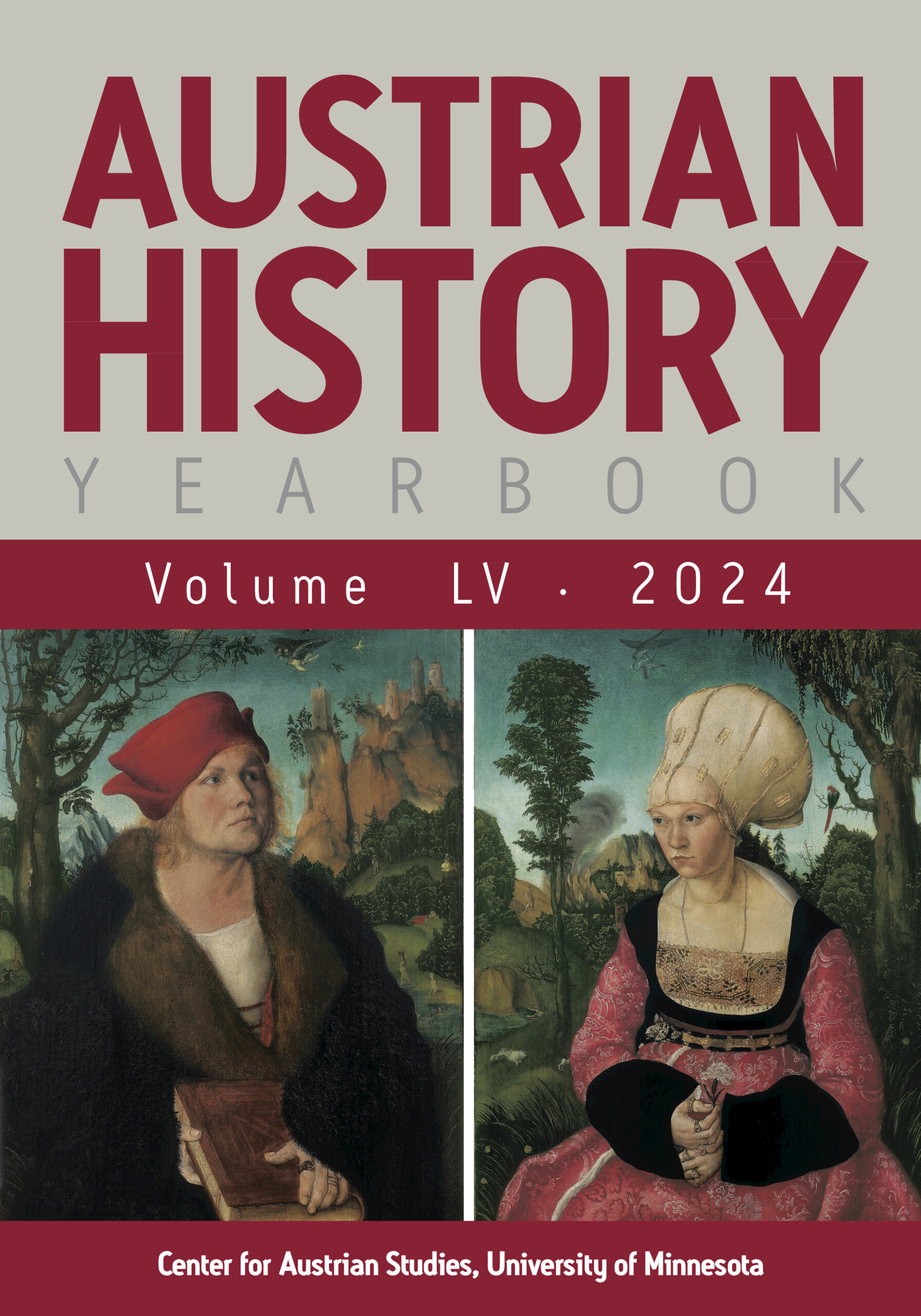In the past years, Enlightenment scholarship has witnessed a growing interest in reshaping the traditionally internalist perspective of the history of science. Due to the efforts made in this field, the claim that the rethought research principles apply both internal and external justifications appears to have become a shared principle for new investigations. With their volume, Per Pippin Aspaas and László Kontler join this ongoing debate by emphasizing the primacy of the externalist scope in exploring the social space of the knowledge cultures of the Enlightenment. Thus, the book focuses on the social elements of knowledge production and attempts to build a framework in which the changes in social and cultural space resonate with the way the Enlightenment is perceived. The protagonist of the book is the prominent Jesuit court astronomer Maximilian Hell, a distinguished member of the eighteenth-century respublica astronomica and the leader of the Viennese Observatory. By delineating the cultural initiatives and personal loyalties (the republic of letters, the Habsburg dynasty, the Jesuit Order, and Hungarus patriotism) behind Hell's career, the book, unlike most intellectual biographies, portrays the Jesuit scholar's advancement as a constant border-crossing between the changing decentralized and centralizing social, cultural, and political spheres.
After the introductory part, the book comprises eight well-detailed chapters, which can be sorted into three sections. The first two chapters give an introduction to the ascent of Hell's scholarly career, covering the sociocultural background from the arrival of the family Höll in the mining towns of the district of Lower Hungary (today Slovakia) to his official promotion to the leader of the Viennese Observatory (1755) and the first transit of Venus in 1761. The next section (from the third to the sixth chapters) attempts to give an overview of the interferences of Hell's career and the measurements of the transits of Venus. While the third and fourth chapters analyze the political, diplomatic, and scientific contexts behind the measurements of 1761 and Hell's expedition to Vardø in 1769, the fifth and sixth chapters devote special interest to recontextualizing the publication of the findings and other scientific implications related to the second expedition in 1769. The seventh and eighth chapters deal with the personal and intellectual implications of the new challenges that the Jesuit scholar had to face after the exploration of the North Pole. They concentrate on the adaptation strategies applied by Hell following the suppression of the Society of Jesus to find a new balance between the remains of the decentered sociocultural status and the court policy of centralization. In drawing the conclusion, the authors turn to relocate Hell in the (Wallersteinian) system of the Enlightenment, providing a parallel explanation, which may have merited more attention in the book.
Tracing Hell's place in the context of the eighteenth-century sociocultural space is one of the central questions of the volume. As regards Hell's position, the book argues that, although the Jesuit astronomer was unquestionably a “highly proficient user and improver” of the mechanisms and structures the Enlightenment was built upon, because of his negative attitude to its core values (religious tolerance, natural individual rights) he remained on the periphery within its universe. This argumentation aims to combine two visions that approach the Enlightenment from different angles. The first takes the Enlightenment and its different strands of motives as a constantly evolving transnational project, though it questions the traditional approach: that sociocultural stance and intellectual values complement each other. The second (Wallersteinian) line of interpretation suggests that the Enlightenment operated as a more or less cohesive conglomerate of values, structures, borders, centers, and peripheries. From the perspective of system theory, it seems that after 1773, Hell's position began to conflict with the secular values and principles of Habsburg centralization, to which the Jesuit scholar was unable to adjust. Consequently, Hell's attempts to meet new political and social expectations proved to be sufficient only for preserving his already existing social status and cultural credit, all the while causing further damage to the reputation of the distinguished scholar. From this perspective, however, the book's external argumentation is less convincing, which—by missing out on the possible context of Hell's position within Enlightened Catholicism—gives only a partial explanation of the Jesuit scholar's conflicts with the functionaries of the statist and secular setting of the Austrian Enlightenment.
Overall, Maximilian Hell (1720–92) and the Ends of Jesuit Science in Enlightenment Europe is a valuable contribution that provides an impressive account of the neglected aspects of the East Central European Enlightenment. By the choice of the subject, the book merits scholarly attention and will hopefully lead to constructive debates on the social space of the East Central European Enlightenment. As the greatest merit of the volume, it offers glimpses into the transition of sociocultural motives that, until the 1760s, played a decisive role in establishing the position of a man of science in Europe. In many respects, the book's framing of Hell's figure in the Enlightenment world confronts the conventional interpretations, while it seeks to offer a creative solution to the research concerns related to the subject. The authors guide their readers with considerable confidence and compassion over the nine chapters, which need serious attention even from experts. Thanks to the elegant and fluent prose, the book reads easily. However, some valuable observations are deduced only in the final chapters. The book also includes images of the map of the Austrian Jesuit province (1727–30) made by Johann Baptist Mayr, and the English translation of Hell's instructions published in 1755 by the consistory of the University of Vienna.


